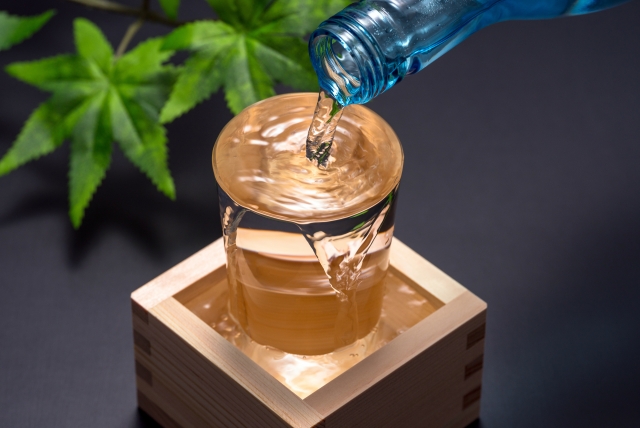Are you curious about sake, one of the most iconic elements of Japan’s rich culinary culture? Sake isn’t just an alcoholic beverage; it’s a profound drink steeped in Japanese history, culture, and craftsmanship. This guide will provide you with essential tips to fully enjoy sake during your travels.
What Exactly is Sake? Understanding the Basics!
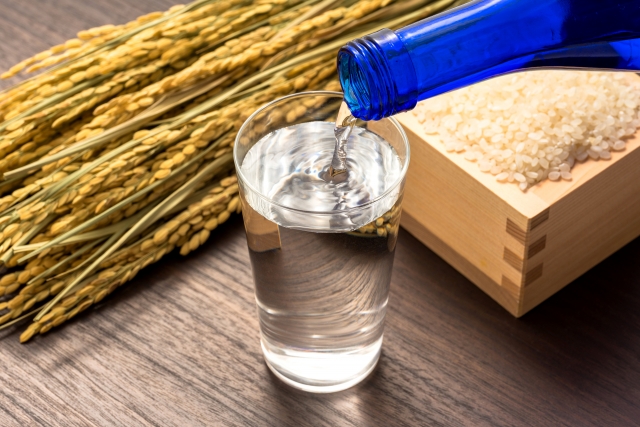
Sake is an alcoholic beverage made primarily from rice, fermented using rice koji (a type of mold) and water. Like wine and beer, there are many different types, each offering unique flavors and aromas.
Types of Sake: Keywords to Understand Taste Differences
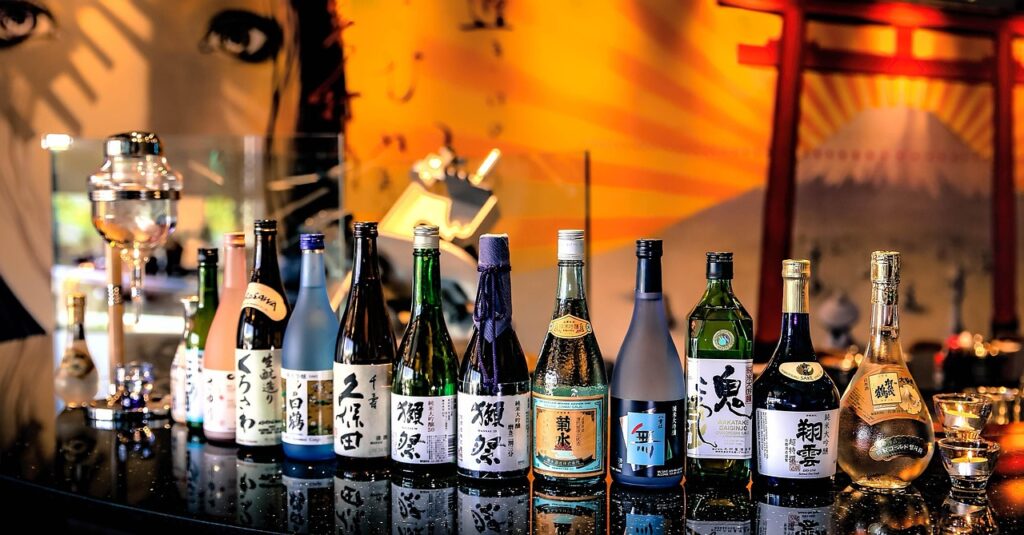
When you look at a sake label, you might encounter many unfamiliar terms. Here are some key types and their characteristic flavors:
- Junmai-shu (純米酒): Made only from rice, rice koji, and water. It’s characterized by a rich umami (savory) taste and a mellow aroma derived from the rice itself.
- Ginjo-shu (吟醸酒) / Daiginjo-shu (大吟醸酒): These are made from highly polished rice (meaning more of the outer layer of the rice grain is removed) and fermented slowly at low temperatures. They are known for their fruity and fragrant aromas, along with a smooth mouthfeel. Daiginjo-shu is the highest grade of ginjo-shu, made with even more highly polished rice.
- Honjozo-shu (本醸造酒): Made from rice, rice koji, and water, with a small amount of distilled alcohol added. It typically has a light and crisp taste, often pairing well with various dishes.
Beyond these, there are many other types, such as nigori-zake (cloudy sake), nama-zake (unpasteurized sake), and koshu (aged sake). Starting by understanding the differences between Junmai-shu, Ginjo-shu, and Honjozo-shu will deepen your appreciation for sake’s complexity.
How to Choose Sake at a Restaurant
Japanese restaurants offer a wide array of sake, and it can be overwhelming to decide which one to choose.
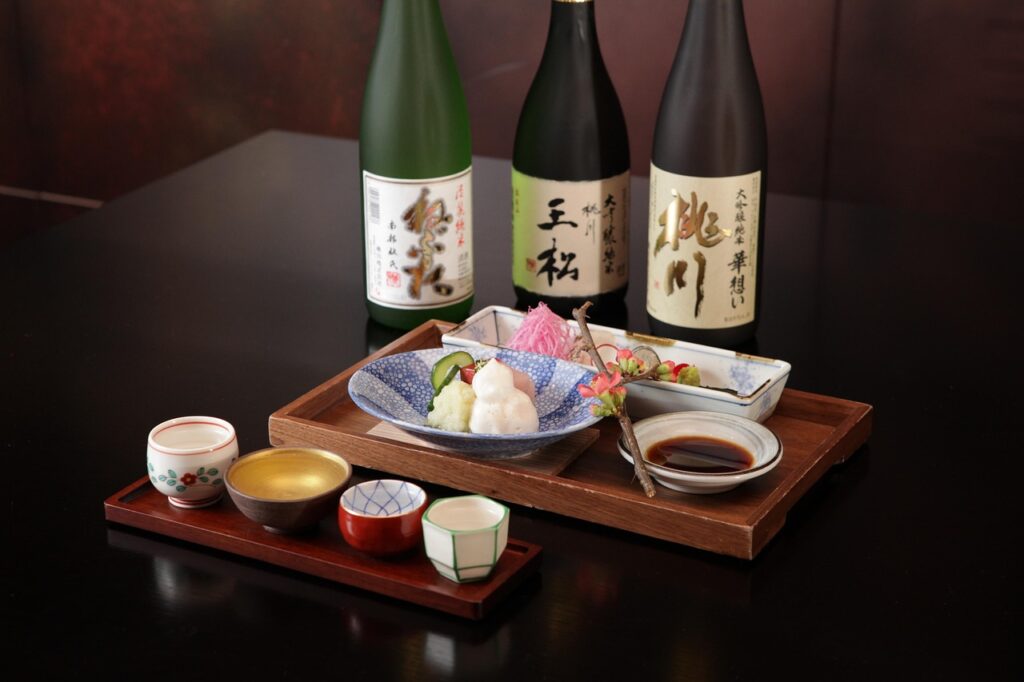
① Ask the Restaurant Staff!
The most reliable way to choose is to ask the restaurant staff, “Do you have any recommended sake? (Osusume no Nihonshu wa arimasu ka?)”. If you tell them your preferences (e.g., you like fruity sake, dry sake), they’ll be able to recommend something that suits your taste.
- “I like fruity ones (Fruity na mono ga suki desu)”
- “I like dry ones (Karakuchi no mono ga suki desu)”
- “I’d prefer something light (Karume no mono ga ii desu)”
- “I want something that pairs well with the food (Ryori ni au mono ga nomitai desu)”
② Check the Menu!
Menus often list sake brands along with descriptive keywords such as “Karakuchi (辛口 – Dry)”, “Amakuchi (甘口 – Sweet)”, “Fruity (フルーティー)”, and “Hojun (芳醇 – Rich Aroma)”. Use these terms as a guide when making your selection.
③ Choose Your Serving Size
Sake can be ordered by the glass, or in larger units like “ichi-go” (一合 – approx. 180ml) or “ni-go” (二合 – approx. 360ml). It’s a good idea to start with a smaller serving to try it out, and then order more if you like it!
Delicious Pairings: Sake and Food
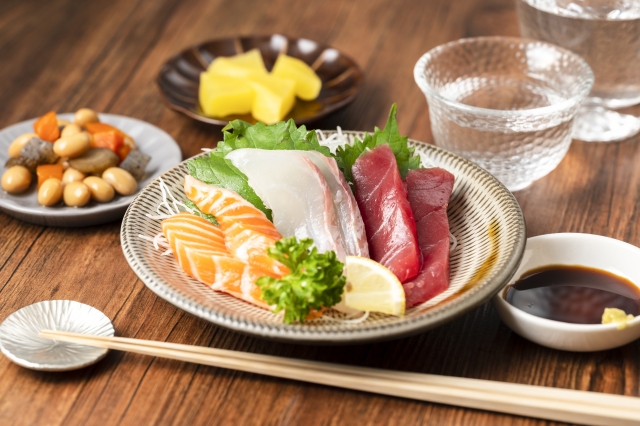
Sake surprisingly pairs well with a wide range of dishes, not just traditional Japanese cuisine. Thinking about food pairings will further enhance your sake experience.
- Lighter Sake for Delicate Dishes: For dishes with subtle flavors like sashimi or tofu, a light and crisp sake such as Ginjo-shu or Honjozo-shu is recommended. They won’t overpower the delicate flavors of the food, but rather complement them.
- Umami-Rich Sake for Hearty Dishes: For dishes with robust flavors like yakitori (grilled chicken skewers), tempura, or nimono (simmered dishes), a sake with a strong rice umami like Junmai-shu is an excellent match. The richness of the sake deepens the flavor of the meal.
- Crisp Sake for Oily Dishes: For fried foods or meat dishes, a dry sake with a clean finish is recommended. It will refresh your palate and prevent the food from feeling too heavy.
Finding the Best Places to Enjoy Sake
Japan has many establishments specializing in sake or offering an extensive selection.
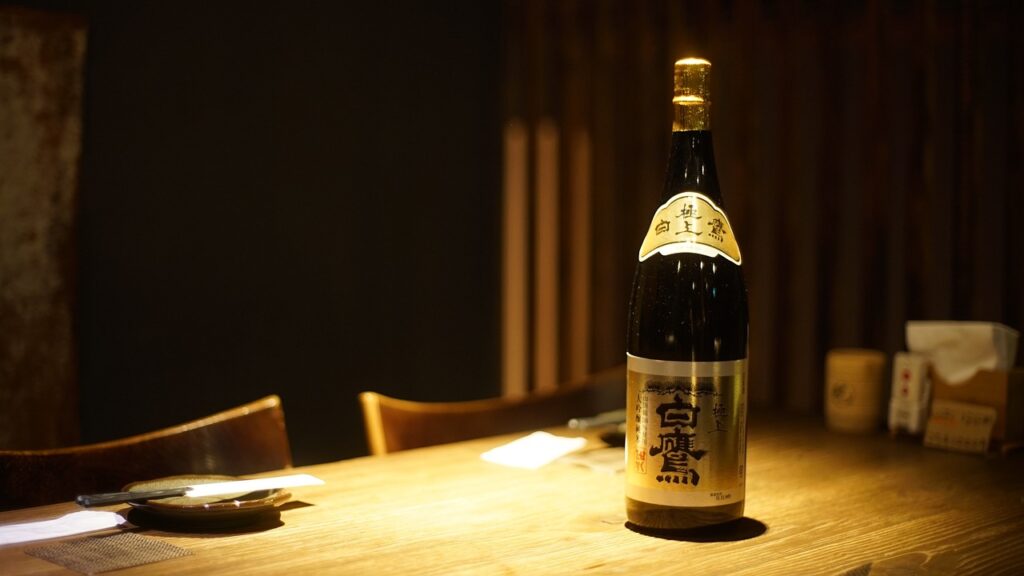
1. Look for Sake-Specific Bars and Izakaya
Keep an eye out for signs that say “Nihonshu Bar (日本酒バー)” or “Nihonshu Senmon (日本酒専門 – Sake Specialist).” These places often have carefully curated selections of sake, and the staff can provide detailed information about each one.
2. Use Online Search Engines
Try searching on Google Maps for terms like “Nihonshu Izakaya Tokyo” (日本酒 居酒屋 東京) or “Nihonshu Bar” combined with the city or area you’re in. Review sites for foreign travelers can also be helpful.
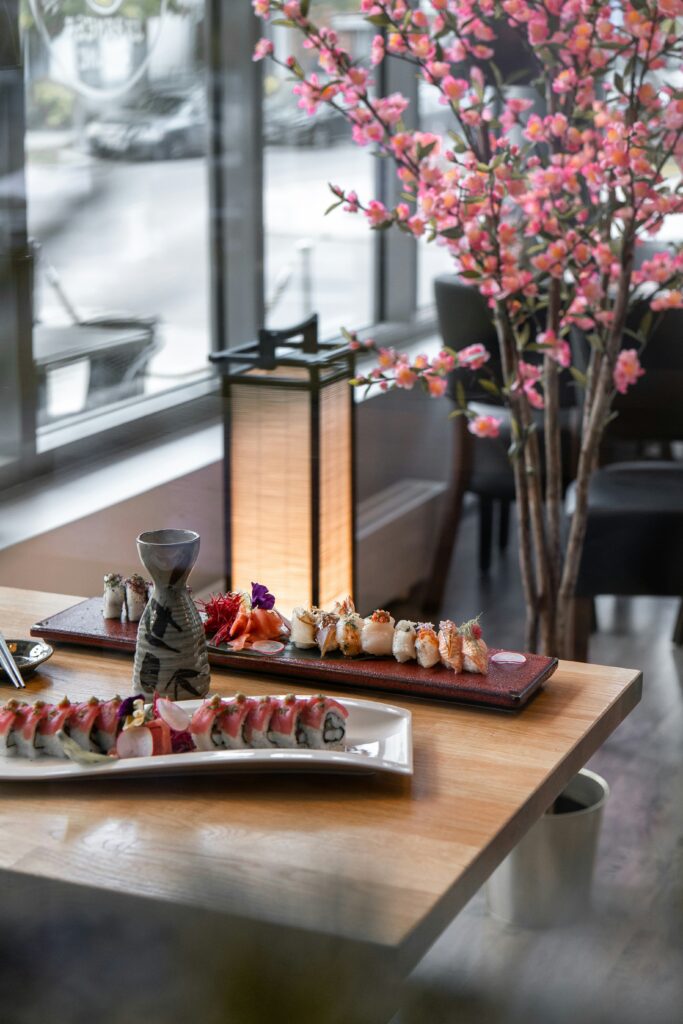
3. Ask Your Hotel or a Tourist Information Center
Don’t hesitate to ask your hotel staff or a tourist information center (often found at train stations) for recommendations on good places to drink sake. They might offer insider tips from a local perspective.
4. Join a Sake Brewery Tour
If you have time, joining a tour at a Kuramoto (蔵元 – sake brewery) is highly recommended. You can observe the brewing process and enjoy tasting freshly made sake. Many breweries also allow you to purchase sake directly.
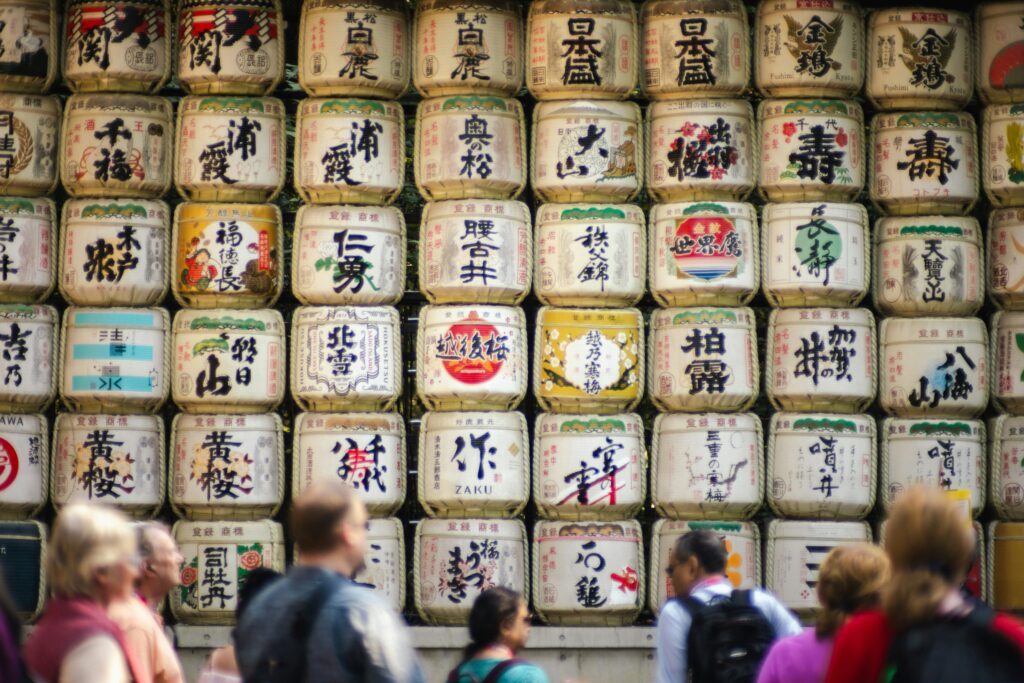
Sake is incredibly deep and varied, and the more you learn about it, the more you’ll appreciate it. We hope this guide helps you discover your favorite sake during your trip to Japan and creates wonderful memories!

